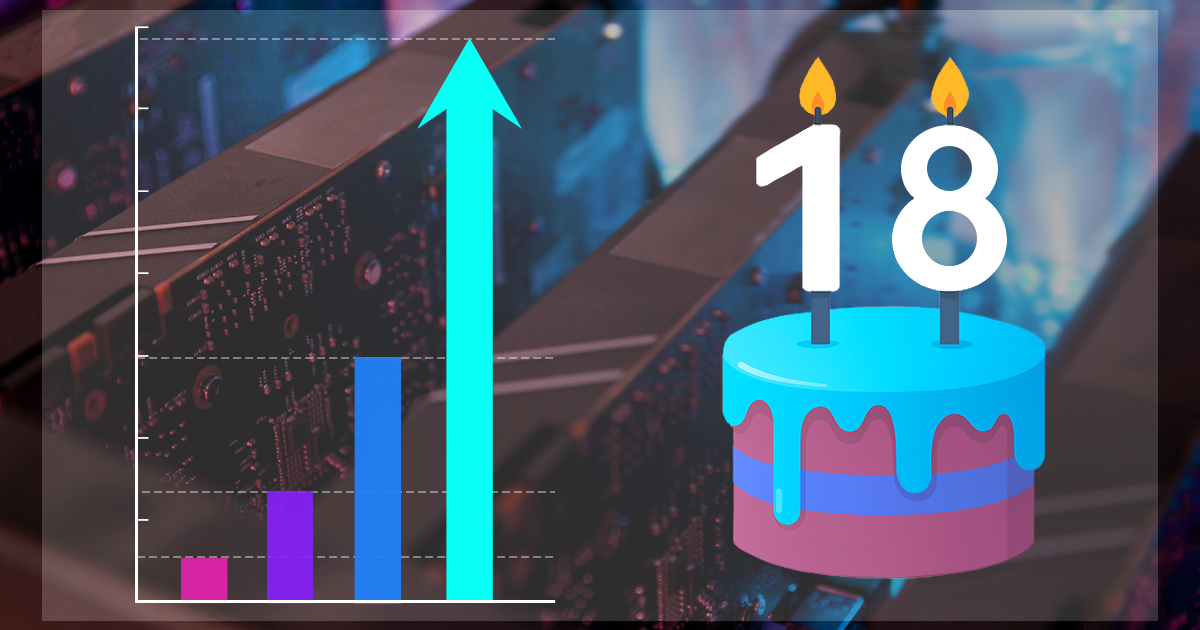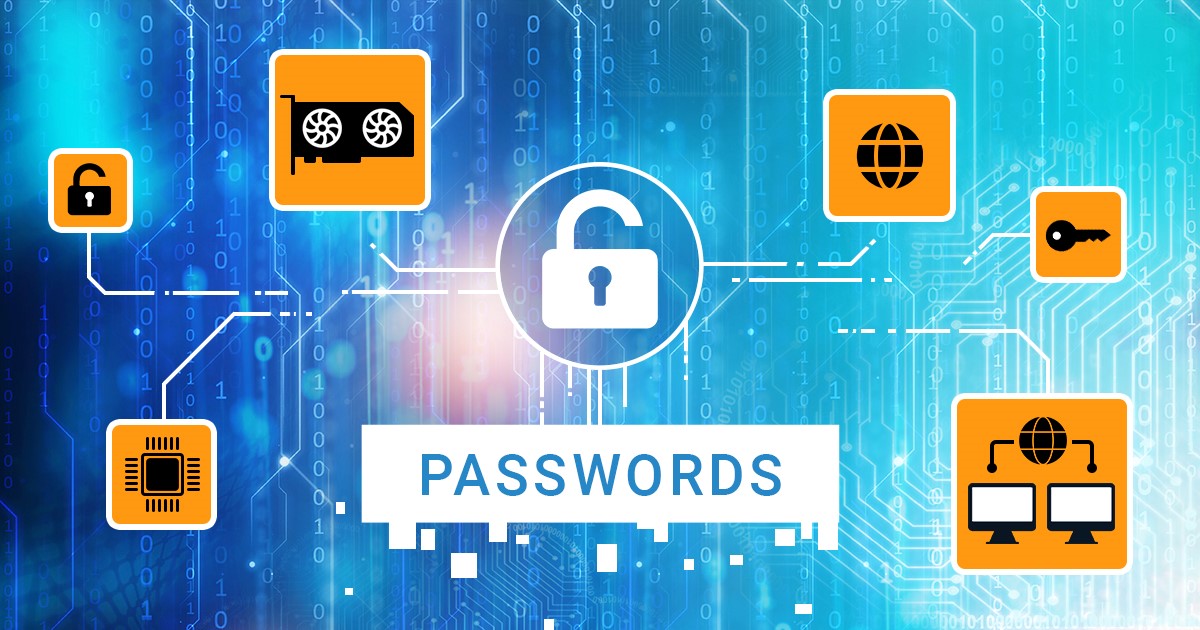Eighteen years ago, before “GPU acceleration” and “AI data center” became household terms, a small hi-tech company changed the rules of cryptography. In 2007, we unveiled a radical idea – using the untapped power of graphics processors to recover passwords, which coincided with the release of video cards capable of performing fixed-point calculations. What began as an experiment would soon redefine performance computing across nearly every field.
Most real-world passwords aren’t random – they follow the owner’s habits, preferences, and personal history. Names, birthdays, pets, team loyalties, and even old usernames affect how people build their “secret” strings. By turning this everyday information into structured, prioritized password candidates, analysts can reach higher success rates than with generic dictionaries or blind brute force. This article explains how to transform user data into a focused attack strategy.
Password managers have become a common part of everyday digital life, helping users handle hundreds of online accounts. They simplify authentication and reduce the need to remember complex credentials, yet the same centralization that makes them convenient also concentrates risk. Modern platforms from Apple, Google and Microsoft all ship with built-in password managers, and many users rely on third-party apps for the same purpose.
Our customers often ask us which exact iOS versions are supported by iOS Forensic Toolkit. There’s always a temptation to answer “all of them,” and while that answer is technically correct, there are a lot of caveats. The devil is in the details, and the real answer depends on what you mean by “support”.
During the recent investigation into the October 2025 Louvre Museum heist, it was revealed that parts of the museum’s video surveillance network were protected by the default password “Louvre.” Further reporting indicated that sections of the system operated on Windows Server 2003 and relied on outdated surveillance management software. These findings point to long-term neglect of basic cybersecurity practices – specifically, the continued use of obsolete systems and weak authentication measures.
The latest update to iOS Forensic Toolkit brought bootloader-level extraction to a bunch of old iPads, Apple TVs, and even the first-gen HomePod running OS versions 17 and 18. This enabled full file system and keychain extraction on a those older Apple devices that can still run these versions of the OS.
“A core selling point of machine learning is discovery without understanding, which is why errors are particularly common in machine-learning-based science.” I could not resist the temptation to start this article with a quote by AI as Normal Technology – it captures the current state of AI-everything perfectly. Should investigators really trust black boxes running a set of non-deterministic algorithms and providing different results on every reroll? And can we still use such black boxes to automate routine operations? Let’s try to find out.
The latest update to Elcomsoft Distributed Password Recovery added eight additional password management tools to the list of supported data formats. The software can now attack master passwords protecting databases from Bitwarden, Dropbox Passwords, Enpass, Kaspersky, Keeper, Roboform, Sticky Password, and Zoho Vault password managers. Let’s talk about password managers – and how to handle them in a forensic lab.
Like the previous generation of iPhones, the iPhone 17 range employs OLED panels that are prone to flickering, which some people are sensitive to. The flickering is caused by PWM (Pulse Width Modulation), a technology used by OLED manufacturers to control display brightness. The screen flickering is particularly visible in low ambient brightness conditions, and may cause eyestrain with sensitive users. Fortunately, in this generation Apple provided a simple solution to get rid of the flickering by finally adding the DC Dimming option.
Since its introduction with the iPhone X in 2017, Apple’s Face ID has become one of the most widely used biometric authentication systems in the world, often praised for its convenience and technological sophistication. Yet, like any system that relies on human biology, it has its share of limitations: reports of identical twins, close relatives or young children occasionally unlocking a parent’s device have circulated since its debut.


